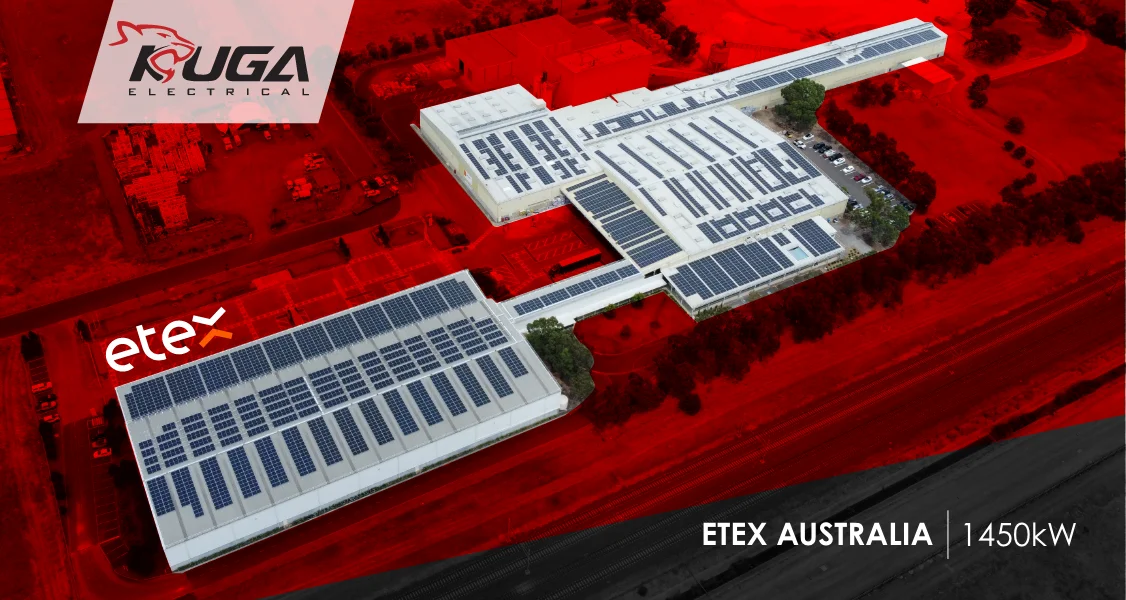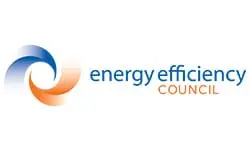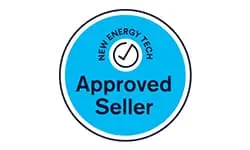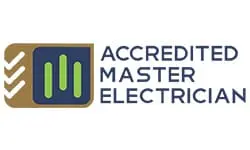1.What is the difference between domestic and commercial solar panels?
In 2023, standard residential solar panels are typically around 415 to 440 watts (output capacity) per panel, while commercial solar panels are usually between 450 to 550 watts per panel. The technology behind residential and commercial solar panels is exactly the same; the only difference is the size and the weight of the panels, the efficiency per square meter is the same. The commercial panel will have more cells than the residential panel and will therefore be bigger and heavier. Larger panels are relatively easier to install on commercial roofs due to smaller roof pitch and easy access to roofs with elevated work platform like the double deck scissors.
2.What are the different types of commercial solar panels?
Over the years solar panels have evolved rapidly due to high market demands and R&D.
Monocrystalline Solar Panels – These panels have been available for 6 years now slowly replacing the polycrystalline panels. They are made from a single silicon crystal and are highly efficient.
Mono PERC Solar Panels – PERC (Passivated Emitter Rear Cell) solar panels are known for their high efficiency and ability to capture more sunlight than standard Monocrystalline panel due to the integration of a back surface passivation layer. They are ideal for commercial use as they can produce more electricity per panel, leading to significant cost savings over time.
Bifacial Solar Panels – These panels are designed to capture sunlight from both sides, making them more efficient than traditional solar panels. Ground mount and Solar Carports application usually opt for this technology.
Thin-Film Solar Panels – These panels are made from layers of different materials, including silicon, and are known for their flexibility and lightweight design as they are not made of glass. They are usually used in environments where roofs cannot carry the weight of standard panels or on specific shaped roofs (Eg: curved roofs).
N-Type Solar cells
The latest and more commonly used solar cells technology in 2023 is the N-Type solar cell. Traditional Cells (P-Type cells) are made of silicon doped with elements such as boron, while N-Type cells are made of silicon doped with elements such as phosphorus. N-type solar cells are much more efficient and longer-lasting than P-type, Providing double the length of a P-type warranty (30 years with Astronergy) with better efficiency. Kuga Electrical is moving all new installation to this technology at the same cost.
Contact us to discuss what solar panel technology will be the best fit for your business.
3.How much do commercial solar panels cost in Australia?
In 2023, the average cost of commercial solar panels per watt is around $1.00. This means that a 1000kw commercial solar system will cost around $1,000,000. However, many factors influence the final price, including site specific designs and requirements, government incentives and rebates that are different depending on the state, the type of panels and inverters.
Read our post on commercial solar system costs to learn more about the different factors that impact price, including rebates and feed-in tariffs, PPA (Power Purchase Agreements), Large-Scale Generation Certificates, and more.
4.Are commercial solar panels worth it?
Yes! Commercial solar panels are becoming cheaper to install every year, and you can use a range of government incentives and mechanisms to offset the upfront costs and generate a quick return on investment.
While installing a commercial solar system is a significant investment, it’s always worthwhile.
Book your commercial solar feasibility report to see what the right fit for your business is.
5.What is the life expectancy of commercial solar panels?
Commercial solar manufacturers warranty the performance of solar panels for up to 30 years. Manufacturers like Astronergy, will provide a performance warranty of 87.4% from initial output after 30 years making solar panels one of the most merchandisable products in the world. The precise life expectancy of your panels depends on several factors, like how well they were made (the brand), the quality and design of the installation, and the level of maintenance they receive.
Kuga Energy provides ongoing maintenance and support services for all our commercial solar installations, ensuring our customers are always getting bang for their buck.
Look at our past projects to see the commercial solar installations we’ve done for businesses like yours, or get in touch to get started.













 Get Quote
Get Quote Call Now
Call Now